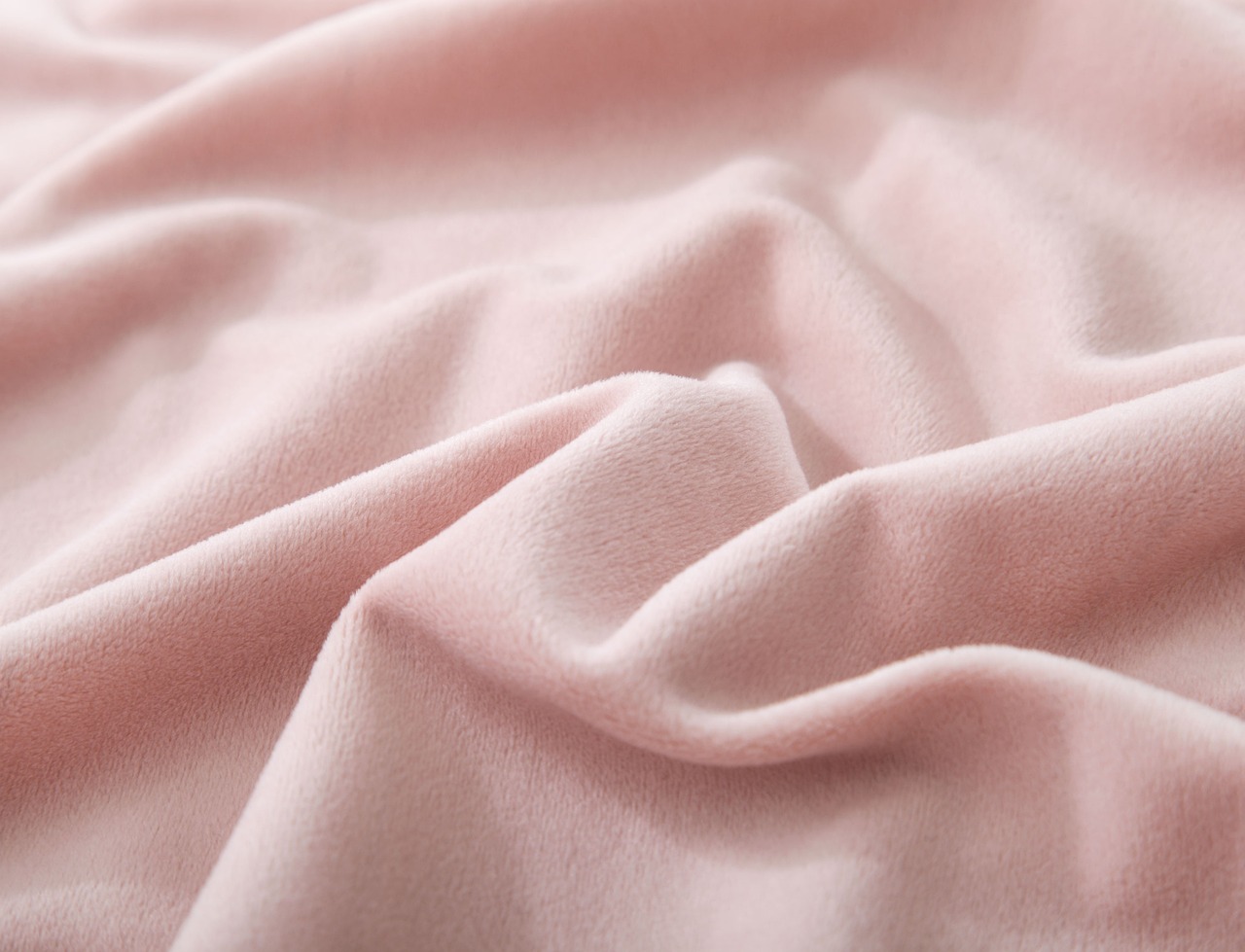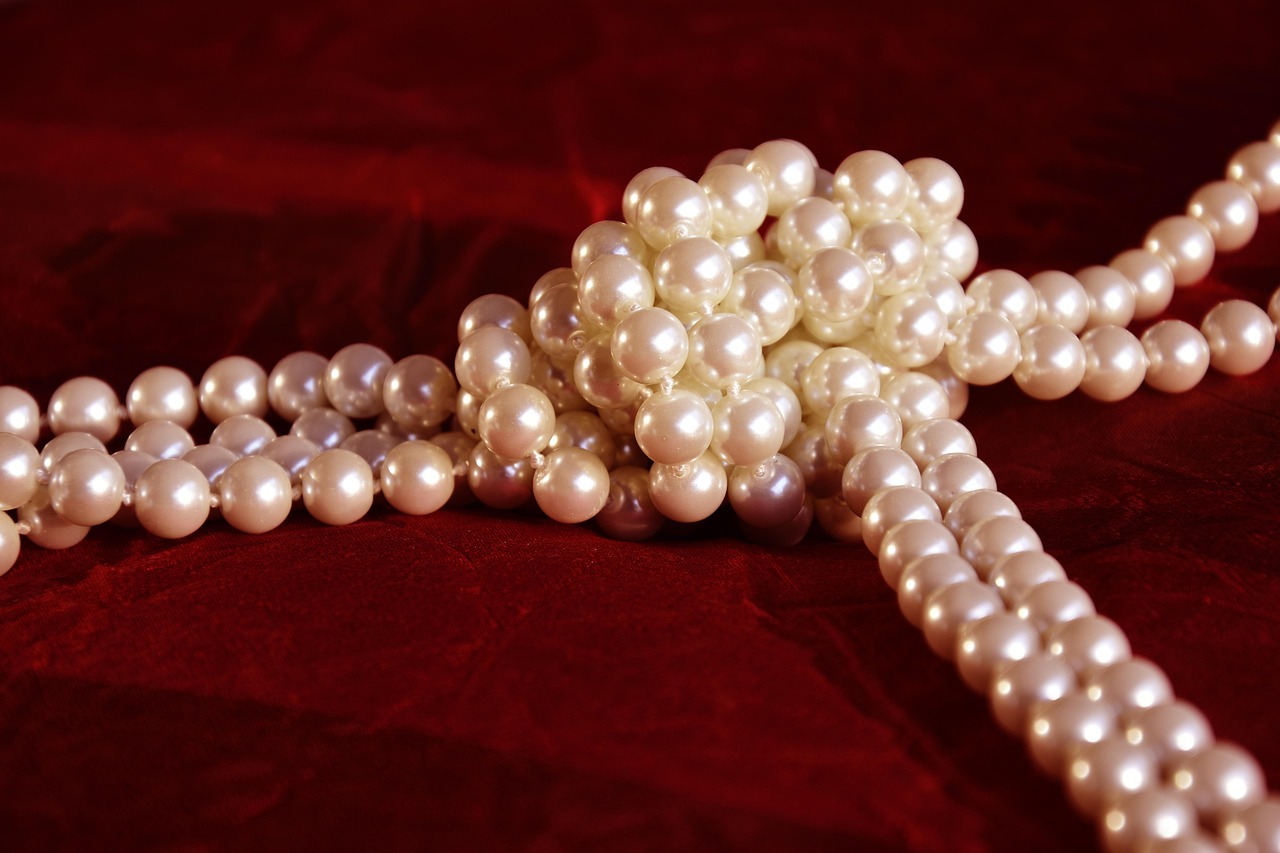Black Velvet Pink, a stunning variety of Alocasia, requires specific care to thrive. This plant needs bright, indirect light, high humidity, and well-draining soil. Regular watering and fertilization during the growing season will also promote healthy growth and vibrant variegation.
The Alocasia genus is known for its striking foliage and unique characteristics. Among its various species, the Black Velvet Pink stands out due to its dark green leaves adorned with pink veins. This beautiful plant is highly sought after by plant enthusiasts and collectors. However, maintaining its vibrant appearance requires careful attention to its environmental needs.
Black Velvet Pink plants are native to tropical regions. They thrive in warm, humid conditions similar to those found in their natural habitats. Understanding their requirements is essential for successful cultivation. In this guide, we will explore the key aspects of caring for your Black Velvet Pink Alocasia, including light, water, temperature, humidity, soil, and fertilization.
Light Requirements

Light is a crucial factor for the health of your Black Velvet Pink Alocasia. These plants prefer bright, indirect sunlight to flourish. Direct sunlight can scorch their delicate leaves, leading to damage. Here are some tips for providing the right light conditions:
- Place your plant near a window with filtered light.
- Avoid south-facing windows where direct sunlight is intense.
- If natural light is insufficient, consider using grow lights to supplement.
Monitoring your plant’s response to light is essential. If the leaves begin to stretch towards the light source, it may indicate that your plant needs more brightness. Conversely, if the leaves start to fade or develop brown spots, it might be getting too much direct sunlight.
Watering Guidelines
Watering is another critical aspect of Black Velvet Pink care. These plants prefer consistently moist soil but can suffer from overwatering. Here are some guidelines to follow:
- Check the top inch of soil for dryness before watering.
- When watering, ensure that excess water drains out of the pot.
- Avoid letting the plant sit in standing water to prevent root rot.
During the growing season (spring and summer), your Alocasia may require more frequent watering. Reduce watering in the fall and winter when the plant’s growth slows down. Always adjust your watering routine based on the plant’s needs and environmental conditions.
Temperature and Humidity
Temperature and humidity play vital roles in the overall well-being of your Black Velvet Pink. Ideally, these plants thrive in temperatures ranging from 65°F to 80°F (18°C to 27°C). Here are some important points regarding temperature and humidity:
| Condition | Ideal Range |
|---|---|
| Temperature | 65°F – 80°F (18°C – 27°C) |
| Humidity | 50% – 70% |
To maintain high humidity levels, consider using a humidifier or placing a tray of water near the plant. Regular misting can also help increase humidity but avoid wetting the leaves excessively to prevent fungal issues.
Soil and Fertilization
Your Black Velvet Pink requires well-draining soil to prevent root rot. A mix designed for tropical plants or aroid blends is ideal. You can create your own mix using:
- Pearlite or pumice for aeration.
- Coconut coir or peat moss for moisture retention.
- Orchard bark for additional drainage.
Fertilization is essential during the growing season. Use a balanced liquid fertilizer every four to six weeks. This helps provide the necessary nutrients to support growth and vibrant variegation in the leaves. However, reduce fertilizing during the dormant season in fall and winter.
Pest and Disease Management
Like many houseplants, the Black Velvet Pink Alocasia can be susceptible to pests and diseases. Early detection and management are crucial for maintaining the health of your plant. Common pests that may affect your Alocasia include:
- Spider Mites: These tiny pests thrive in dry conditions and can cause leaf damage.
- Mealybugs: These insects appear as white cottony masses on leaves and stems.
- Aphids: These small green or black insects can sap the plant’s strength.
- Scale: Scale insects attach themselves to the stems and leaves, leading to poor growth.
To manage pests, inspect your plant regularly. If you notice any signs of infestation, consider using the following methods:
- Wipe the leaves with a damp cloth to remove dust and pests.
- Use insecticidal soap or neem oil as a natural treatment.
- Introduce beneficial insects like ladybugs to control pest populations.
In addition to pests, your Black Velvet Pink may encounter diseases such as root rot or leaf spot. Root rot often results from overwatering. To prevent this, ensure proper drainage and allow the soil to dry out between waterings. Leaf spot can occur due to high humidity or poor air circulation. Increasing ventilation around your plant can help mitigate this issue.
Propagation Techniques
If you want to expand your collection or share your Black Velvet Pink, propagating the plant is an excellent option. There are a couple of effective methods for propagation:
Division
Division is the most common method for propagating Alocasia plants. Here’s how to do it:
- Choose a mature plant with several stems.
- Carefully remove the plant from its pot.
- Gently separate the root ball into sections, ensuring each section has roots and at least one stem.
- Replant each section in its own pot with fresh soil.
Offsets
Another method is to propagate using offsets. Offsets are small bulbs that grow around the base of the main plant. Follow these steps:
- Identify healthy offsets that are large enough to survive on their own.
- Carefully detach them from the mother plant, ensuring some roots are intact.
- Plant them in small pots with suitable soil.
After propagating, keep the new plants in a warm, humid environment until they establish roots. This will help ensure they thrive as independent plants.
Common Variegation Issues
The unique variegation of the Black Velvet Pink is one of its most appealing features. However, maintaining this variegation can sometimes be challenging. Here are a few factors that can affect leaf variegation:
- Insufficient Light: Lack of adequate light can lead to less pronounced variegation. Ensure your plant receives bright, indirect sunlight.
- Nutrient Imbalance: An improper balance of nutrients can affect coloration. Regular fertilization during the growing season helps maintain healthy growth and vibrant leaves.
- Environmental Stress: Sudden changes in temperature or humidity can stress the plant, leading to changes in leaf appearance. Try to keep conditions stable.
If you notice that your Alocasia is losing its variegation, assess its growing conditions and make necessary adjustments. With proper care, you can help preserve the stunning characteristics of your Black Velvet Pink.
Seasonal Care Adjustments
Caring for your Black Velvet Pink may vary with the seasons. Understanding these seasonal adjustments is essential for optimal growth:
Spring and Summer
During the growing season, focus on:
- Increased watering frequency as the plant actively grows.
- Regular fertilization every four to six weeks.
- Providing bright, indirect light for optimal growth.
Fall and Winter
In colder months, make these changes:
- Reduce watering as growth slows down; allow the soil to dry out more between waterings.
- Avoid fertilizing during this period unless necessary.
- Ensure the plant is kept in a warmer area, avoiding chilly drafts.

Adjusting your care routine according to the seasons will help support your Black Velvet Pink’s health and beauty throughout the year.
Repotting Your Black Velvet Pink
Repotting is an essential part of plant care, particularly for the Black Velvet Pink Alocasia. As the plant grows, it may outgrow its pot, leading to root crowding and nutrient depletion in the soil. Knowing when and how to repot your Alocasia can significantly impact its health and growth.
When to Repot
Timing is critical when repotting your plant. Here are some signs that indicate it’s time to repot your Black Velvet Pink:
- The roots are growing out of the drainage holes.
- The plant appears top-heavy or unstable in its current pot.
- The soil dries out too quickly after watering.
- Growth has slowed significantly despite proper care.
Spring is the ideal season for repotting, as the plant is in its active growth phase. This allows it to recover quickly from any stress caused by the move.
How to Repot
Follow these steps to ensure a successful repotting process:
- Choose a slightly larger pot with good drainage holes.
- Carefully remove the plant from its current pot. Gently loosen the roots if they are tightly bound.
- Inspect the roots for any signs of rot or damage. Trim away any unhealthy roots using clean scissors.
- Place a layer of fresh potting mix at the bottom of the new pot.
- Position the plant in the center and fill around it with more potting mix. Ensure the root ball is at the same depth as before.
- Water thoroughly after repotting to help settle the soil and eliminate air pockets.
After repotting, place your Black Velvet Pink in a location with bright, indirect light. Monitor the plant closely for signs of stress, such as drooping leaves or yellowing foliage.
Common Issues and Troubleshooting
Caring fo

r a Black Velvet Pink Alocasia can sometimes present challenges. Understanding common issues will help you troubleshoot effectively:
Leaf Yellowing
Yellowing leaves can be a sign of various problems:
- Overwatering: Ensure the soil is not consistently soggy. Check drainage and adjust your watering schedule.
- Nutrient Deficiency: Yellowing may indicate a lack of essential nutrients. Consider adding fertilizer if you haven’t recently.
- Pest Infestation: Inspect for pests that may be feeding on your plant. Treat as necessary.
Browning Leaf Edges
Browning edges on leaves can indicate different issues, including:
- Low Humidity: Increase humidity levels around the plant using a humidifier or pebble tray.
- Underwatering: Ensure you are watering adequately, especially during dry conditions.
- Direct Sunlight: Check if the plant is receiving too much direct sunlight, which can scorch leaves.
Stunted Growth
If your Black Velvet Pink is not growing as expected, consider these factors:
- Poor Soil Quality: Refreshing the soil or repotting may be necessary to provide fresh nutrients.
- Inadequate Light: Ensure the plant receives sufficient light; consider moving it closer to a light source.
- Pest Problems: Pests can sap energy from your plant, leading to stunted growth. Check and treat as needed.
Enhancing Aesthetic Appeal
The striking appearance of the Black Velvet Pink makes it an attractive addition to any space. You can enhance its aesthetic appeal by considering placement and companion plants:
Placement Tips
When deciding where to place your Alocasia, consider the following:
- Focal Point: Use it as a centerpiece in a room where it can be admired.
- Group Plantings: Place it alongside other tropical plants for a lush, vibrant display.
- Height Variation: Position it on a plant stand to create visual interest at varying heights.
Companion Plants
Selecting suitable companion plants can create a harmonious environment for your Black Velvet Pink. Consider these options:
- Pothos: These trailing plants complement Alocasia well with their cascading leaves.
- Philodendron: Their similar care requirements and lush foliage make them excellent companions.
- Ferns: The soft fronds of ferns add texture and enhance the tropical vibe of your indoor garden.
Caring for your Black Velvet Pink Alocasia can be rewarding, especially when you see it thrive and flourish in your home. By paying attention to its needs and addressing any issues promptly, you will enjoy this beautiful plant for years to come.
Additional Care Tips
In addition

to the essential care tips already discussed, there are a few more considerations that can enhance the health and vibrancy of your Black Velvet Pink Alocasia. These tips focus on environmental factors, maintenance practices, and aesthetic enhancements.
Environmental Control
Maintaining a stable environment for your plant is crucial for its well-being. Here are some additional environmental controls to consider:
- Air Circulation: Ensure good air circulation around your plant to prevent mold and pests. Avoid placing it in cramped corners or crowded spaces.
- Temperature Fluctuations: Protect your Alocasia from sudden temperature changes. Keep it away from heating vents, air conditioners, and drafty windows.
- Water Quality: Use filtered or distilled water for your plant. Tap water may contain chemicals that can harm sensitive plants like Alocasia.
Leaf Care
The leaves of the Black Velvet Pink Alocasia are its most striking feature. Proper leaf care can enhance their appearance:
- Dusting: Regularly wipe the leaves with a damp cloth to remove dust. This allows the plant to photosynthesize more efficiently.
- Leaf Pruning: Trim any yellow or damaged leaves to encourage new growth and improve overall aesthetics.
- Misting: Occasionally mist the leaves to increase humidity directly around them, especially during dry months.
Observation and Patience
Observing your plant regularly will help you catch any potential issues early. Look for changes in leaf color, growth patterns, and overall health. Each Black Velvet Pink is unique, so be patient as you learn its specific needs. Over time, you will become more adept at adjusting care based on its responses to environmental changes.
Final Thoughts
Caring for a Black Velvet Pink Alocasia is a fulfilling journey that rewards plant lovers with stunning foliage and vibrant aesthetics. By understanding its specific needs—such as light, water, humidity, soil, and temperature—you can create an optimal environment for growth and health. Regular maintenance practices like repotting, pest management, and seasonal adjustments further contribute to the longevity and beauty of this remarkable plant.
Remember that every plant has its quirks, and part of the joy of indoor gardening is learning to meet those individual needs. Enjoy the process of nurturing your Black Velvet Pink, and take pride in watching it flourish in your home. With the right care and attention, this gorgeous variety of Alocasia can thrive, bringing a touch of tropical elegance to your space.
As you embark on your plant care journey, don’t hesitate to reach out to fellow plant enthusiasts or resources dedicated to indoor gardening. The community is rich with knowledge and support that can enhance your experience with your Black Velvet Pink Alocasia.
